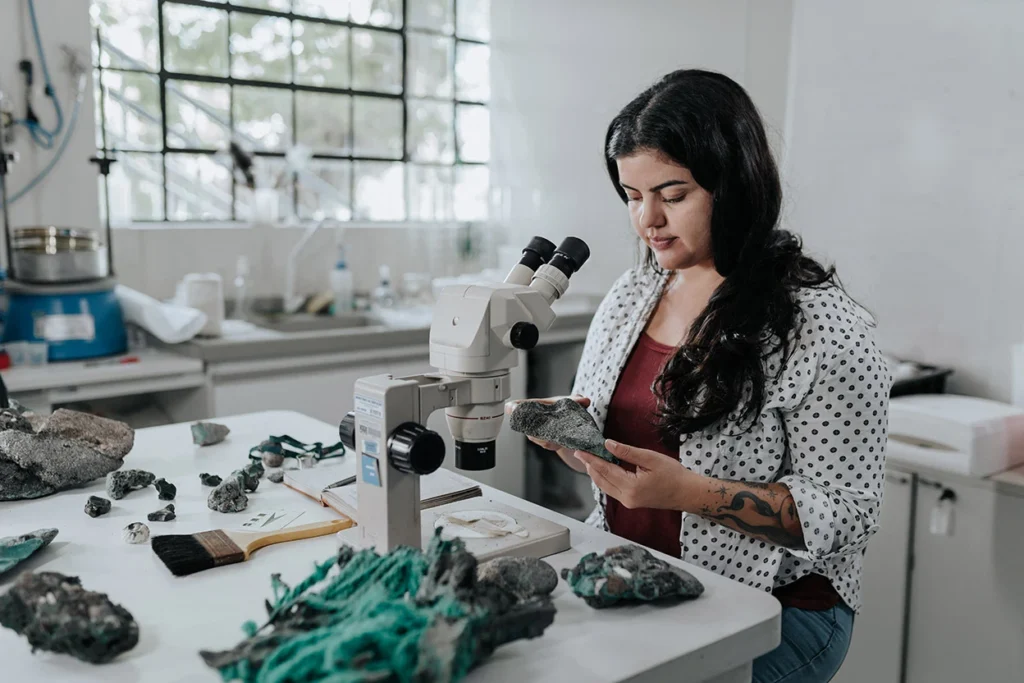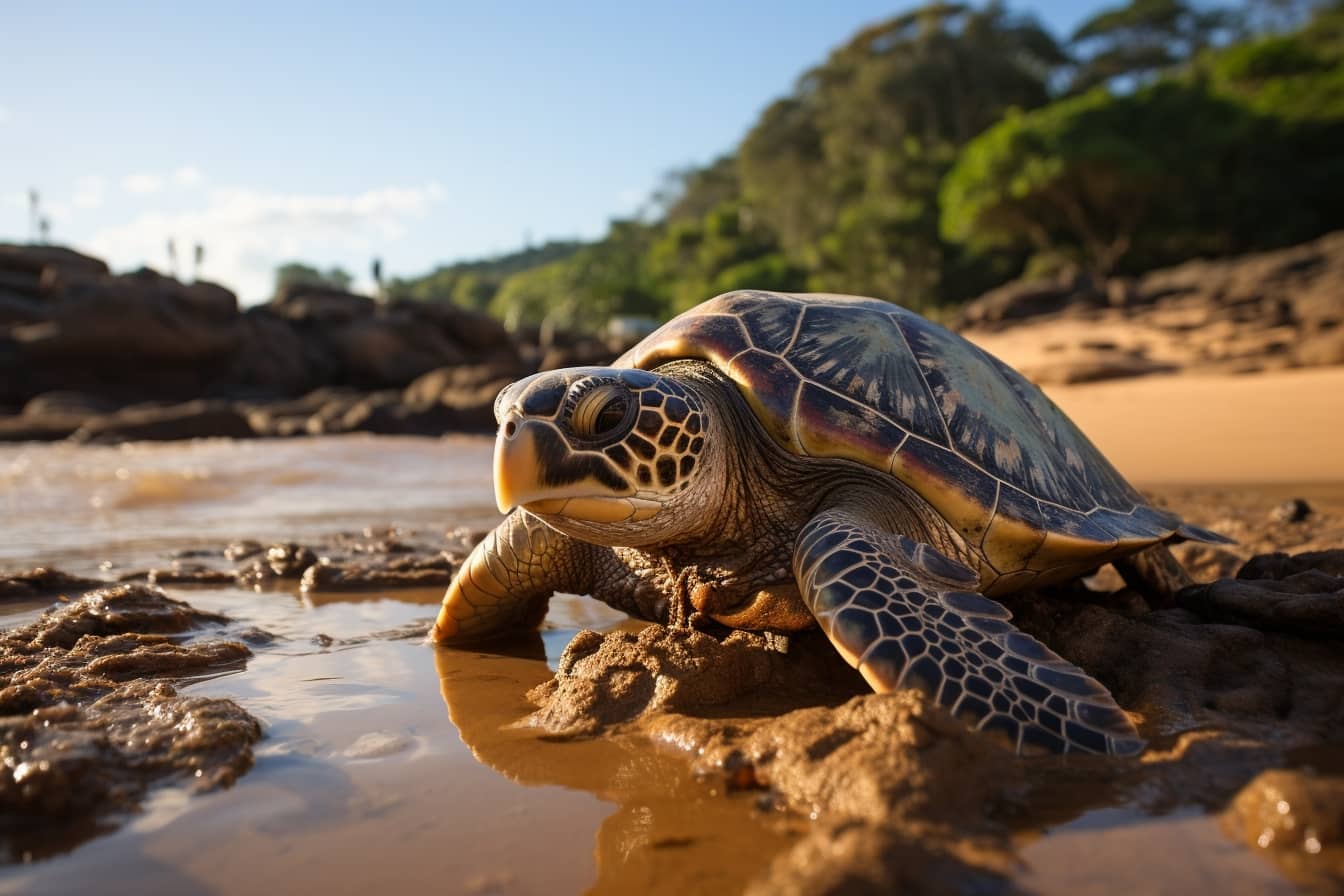Walking on the beach of Trindade, the easternmost island of Brazil, you may come across something unusual among the grains of sand and volcanic rocks. It is not a simple piece of coral or a shell, but something much more disturbing: real rocks fused with plastic.
These "plastistones", as they have been called, represent a tangible sign of how human pollution is literally merging with nature, giving rise to new and worrying geological forms. And faced with this discovery, the question arises spontaneously: how is this phenomenon affecting the rich biodiversity of the island, in particular the green turtles that find refuge there?
Brazil, a threatened natural paradise
Trindade, a little jewel in the Atlantic Ocean, represents one of the most important conservation sites in the world for marine life. Here, among the crystal clear waters, green turtles swim (Chelonia mydas), while birds fly freely over the coral reefs. But, as often happens, even this paradise is not immune to the hands of man.
During an expedition in April 2019, researchers made a shocking discovery. In a 12-square-metre area of the beach, plastic had fused with natural rocks, resulting in what were called “plastistones”. These blocks of molten plastic are analogous to igneous rocks and are formed when plastic debris, carried by ocean currents, is heated, for example, by campfires.

A global phenomenon
This is not a phenomenon isolated to Brazil, however. Researchers have discovered and described other types of plastic rocks in 2014 e in 2018, from Hawaii and the United Kingdom, respectively. And by enlarging the field, the searches are becoming so many.
Over the years we are learning:
- How plastic waste is transported from land to ocean.
- Which ones are they the gaps in research on polluting plastic along the coasts.
- How the agglomerates called “are formed (from different polymers)Plastitar“, a serious threat to coastal environments, and a constituent of plastistones.
Incredible how plastic pollution is a global problem that is changing the geology of our planet to the point of almost forming the basis for a new science. In the future we will need "plasticologists" to free us from this nightmare.
Meanwhile, the Trinidade rocks have been analyzed in a laboratory at theFederal University of Paraná in Curitiba, Brazil.
Observing them under the microscope, the geologist Fernanda Avelar Santos studied their structure and their mineral and chemical composition: most of the plastic melted in the rocks comes from fishing nets.
The era of the Anthropocene
One of the main concerns concerns the fate of these plastistones. How will they degrade over time? And what impact will they have on the surrounding environment? It is particularly worrying to think that this is happening in the region with the highest concentration of green turtle nests in Brazil.
The research confirms what many scientists have long argued: we live in the Anthropocene, a period in which Earth's processes are dominated by human-caused phenomena, such as pollution, carbon emissions and ocean acidification. . Human pollution is an integral part of the Earth's geological cycles.
And these plastic rocks are the weight we are shouldering the future.


